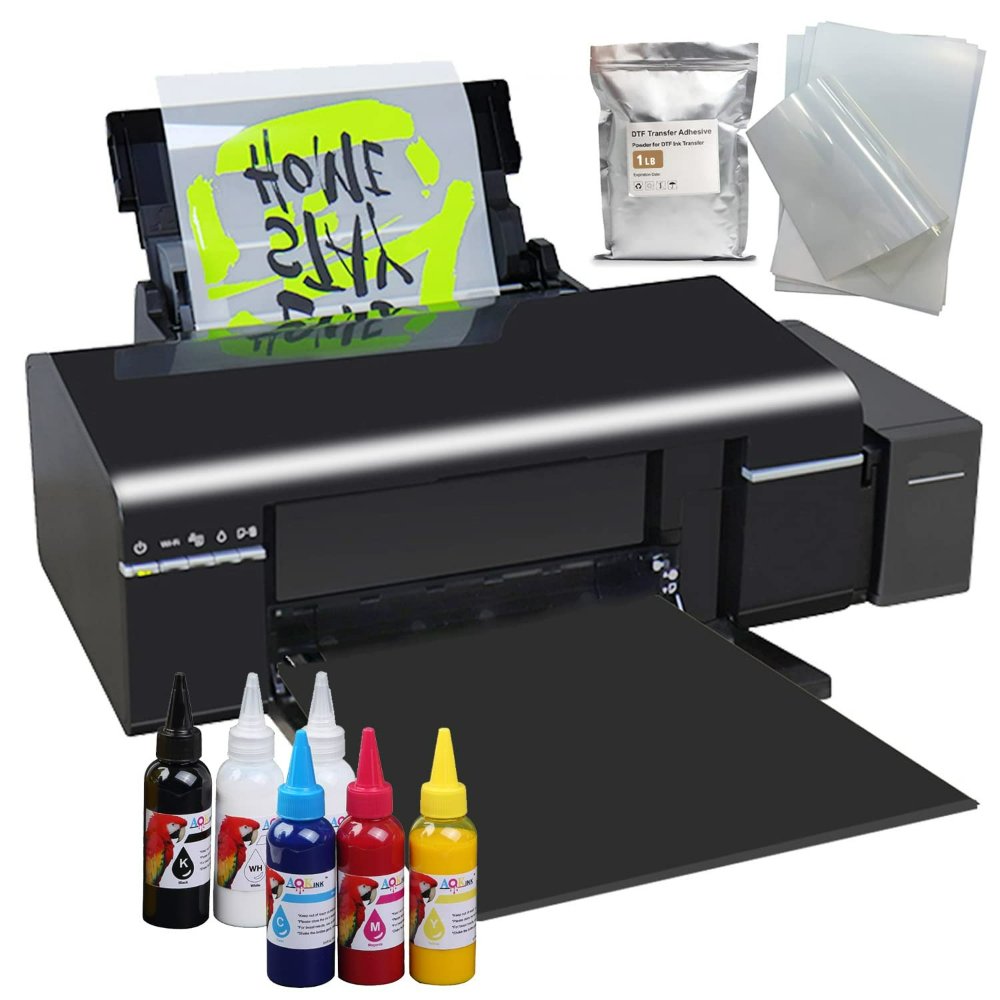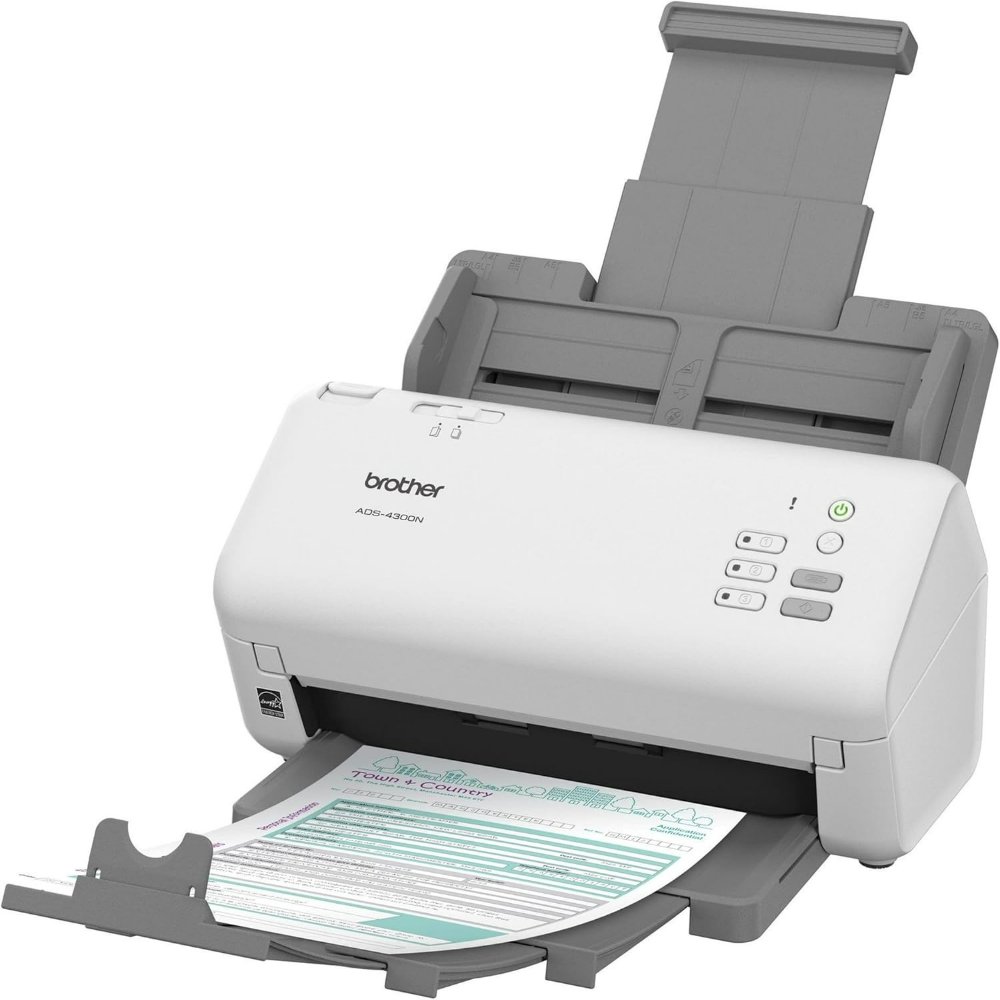Introduction to Direct to Film Printing Technology
Direct to Film (DTF) printing technology is a game-changer in textile prints. It bridges the gap between quality and efficiency. With DTF, you can transfer detailed designs directly onto fabrics. This method uses a special film to apply printed graphics. First, the design is printed onto this film. Then, it is transferred onto the textile. DTF printers work with a variety of fabrics and colors. This flexibility is one main advantage over traditional methods. These printers are also known for their vibrant and durable prints. Even better, you don’t need extensive setup or clean-up. This makes DTF printers a top choice for small and large-scale operations.
DTF printing allows for small batch runs efficiently. This means you can print just a few pieces without wasting resources. You can also do large runs economically. It represents a big leap for the textile industry. DTF technology supports quick design changes and sample testing. This ability enhances creativity and speed to market.
It’s important for businesses to understand this innovative technology. It can lead to improved product offerings and increased profits. Our discussion will cover its core advantages and main components. We will also compare it with traditional methods. We aim to help you decide if a direct to film printer is right for your needs.

The Advantages of Using DTF Printers in Textile Industry
The textile industry recognizes the Direct to Film (DTF) printers for their numerous benefits. These advanced printers offer several advantages that can greatly impact productivity and creativity in textile printing. Below are the key benefits of using DTF printers:
- Versatility in Fabric Choices: DTF technology works well with various types of fabrics. Whether it’s cotton, polyester or a blend, these printers handle them with ease.
- Vibrant Colors and Print Quality: DTF printers produce vibrant and rich colors. The prints are also known for their sharp details and durability, making them ideal for high-quality textile products.
- No Need for Pre-Treatment: Unlike some traditional methods, DTF printing does not require fabric pre-treatment. This saves time and simplifies the printing process.
- Reduced Waste: With DTF, you can print exactly what you need, whether it’s a single piece or a bulk order. This efficient use of materials leads to less waste.
- Rapid Production: Turnaround time is swift with DTF printers. They enable quick printing, which helps in meeting tight deadlines and responding to market demands.
- Cost-effectiveness: DTF printing is economical. It allows for small batch production without significant setup costs, making it cost-effective for businesses of all sizes.
- Eco-Friendly: Less waste and no need for water in the process make DTF printing a more eco-friendly option compared to some traditional methods.
- Ease of Use: Operating a direct to film printer is straightforward, reducing the need for specialized training and expertise.
These advantages clearly make DTF printers a valuable asset for any textile business aiming to improve efficiency, reduce costs, and produce superior quality prints. As a professional blogger and SEO expert, I believe that incorporating these keywords seamlessly throughout this section emphasizes the value that DTF printing technology can bring to the textile industry.
Key Components and Working Mechanism of DTF Printers
Understanding the key components and working mechanism of direct to film printers is crucial. These aspects define their efficiency and popularity in the textile printing industry.
- Printing Module: This is the heart of the DTF printer. It produces high-resolution images on the special film.
- Ink System: DTF printers use a specific type of ink that adheres well to the film and fabrics.
- Powder Application: After printing, an adhesive powder is applied to the print. This helps it bond with the textile.
- Heat Press: The design is transferred from the film to the fabric using a heat press. This ensures durability.
- Roller System: It helps in feeding the film uniformly through the printer.
The working mechanism is straightforward. First, the design is digitally printed onto the film. Next, adhesive powder is evenly applied on the printed film. The film goes through a heat press which transfers the design onto the fabric. The heat allows the design to fuse firmly with the material.
These components work together seamlessly. The result is vibrant, high-quality textile prints. By understanding the mechanics of a direct to film printer, businesses can leverage its benefits more effectively.

Comparing DTF Printing with Traditional Printing Methods
When evaluating the effectiveness of direct to film (DTF) printers, it’s instructive to compare them with traditional printing methods. Traditional textile printing involves several time-consuming stages like screen printing, where each color is applied separately, and the setup can be extensive. In contrast, DTF printing streamlines the process with its digital approach.
Here are some facets where DTF printing stands out when compared to older techniques:
- Setup Time: DTF printing requires minimal setup, while traditional methods often involve complex preparations.
- Color Limitations: Traditional methods limit the number of colors used. DTF printers impress with a wide color range in a single pass.
- Fabric Restrictions: Traditional printing might not work on all fabrics without pretreatment. DTF printers handle diverse fabrics with ease.
- Production Speed: With faster printing and no drying time needed, DTF is quicker than traditional screen printing.
- Cost: Traditional printing can be costly for short runs due to setup fees. DTF is cost-effective, even for small batches.
- Waste: More material is wasted in traditional methods, where DTF printing is precise, reducing waste.
- Eco-friendliness: DTF printing is generally more environmentally friendly, involving fewer chemicals and no water.
Understanding these differences can help businesses choose the best printing method for their needs. With DTF’s advanced features, it’s becoming a go-to for innovative textile companies seeking efficiency and quality.
Step-by-Step Process of Creating Textile Prints with DTF
Creating textile prints using direct to film (DTF) printers involves a clear, step-by-step process. It ensures high-quality print results on a variety of fabrics. Here’s how the DTF printing process unfolds:
- Design Preparation: The first step is prepping the design. Artists create the graphics on a computer. These designs are then tweaked for optimal DTF printing output.
- Printing on Film: Next, the direct to film printer comes into play. It prints the design onto a special film. This is a quick and precise task.
- Applying Adhesive Powder: After printing, apply a fine adhesive powder onto the film. This powder sticks to the printed design and not the unprinted areas.
- Melting the Powder: The film moves through a heat press where the powder melts. This creates a uniform adhesive layer.
- Transferring to Fabric: Now, place the film onto the fabric. Use a heat press to transfer the design carefully onto the textile. The heat activates the adhesive.
- Final Curing: Last, to set the design well, cure the printed fabric. This process ensures durability and vibrant colors.
This direct to film process is efficient, allowing for rapid production of designs. The quality that DTF printers offer is top-notch. They serve unique business needs both for small and large orders. By following these steps, achieving premium textile prints becomes manageable.

Maintenance and Care Tips for DTF Printers
To get the best from your direct to film printer, you need to maintain it well. Regular maintenance ensures longevity and quality printing. Here are essential maintenance and care tips for DTF printers:
- Keep it Clean: Dust and debris can affect print quality. Regularly clean the printer’s exterior and interior.
- Update Software: Keep the printer’s software up-to-date for optimal performance. Manufacturers often release updates.
- Check the Ink Levels: Always monitor ink levels. Running low on ink can cause poor print quality.
- Use Quality Supplies: Opt for high-quality inks and films. They yield better prints and are less likely to cause issues.
- Regular Inspections: Inspect the printer components often. Look for signs of wear or damage.
- Follow Manufacturer’s Instructions: Adhere to the guidelines for operating and caring for the printer.
- Professional Servicing: Schedule regular service checks with a professional technician.
Caring for your direct to film printer doesn’t have to be complex; just be consistent. By following these tips, you will ensure that your DTF printer remains in top condition, ready to produce vibrant, quality prints every time.
The Future of Textile Printing: Trends and Developments
The textile industry is always evolving. New trends and technologies keep emerging. Let’s look at what the future holds for textile printing, especially with direct to film (DTF) printers.
- Sustainability Practices:
The industry is going green. Eco-friendly inks and recycling processes are in demand. The direct to film printer supports this with its less waste.
- Advancements in Ink Technology:
New inks that last longer and are more vibrant are on the rise. These will improve DTF printer outputs even more.
- Automation and AI:
Smart automation and AI are shaping printing. They help in speeding up production and reducing errors.
- Customization and Personalization:
Customers want unique products. DTF printing’s flexibility makes it perfect for customized prints.
- Integration with E-commerce:
Online platforms are integrating with printing systems. This streamlines order processing and fulfillment.
- 3D Printing Integration:
3D printing tech is merging with textile printing. This could add new textures and layers to fabric designs.
These developments promise an exciting future for textile printing. They could transform how we create and enjoy printed textiles. Keeping up with these trends is key for any textile business. A direct to film printer can help businesses stay ahead. It offers adaptability to new methods and demands.
Choosing the Right DTF Printer for Your Business Needs
Selecting the perfect direct to film printer is vital for your business. Here’s a guide to help you choose a DTF printer that meets your specific needs:
- Assess Your Production Volume: Consider how many prints you’ll need regularly. Different models handle different volumes, so pick one that matches your output.
- Evaluate Print Quality Requirements: Review the quality of prints you expect. For high-end fashion or detailed graphics, choose printers with superior print quality.
- Consider Fabric Types: Ensure the printer works with the range of fabrics you use. Most DTF printers are versatile, but it’s good to confirm.
- Check Color Capabilities: Some printers offer a wider color range. If vibrant, varied colors are essential, focus on printers with extensive color capabilities.
- Factor In Speed: If you face tight deadlines, a faster printer is crucial. Time is money, and speed can boost efficiency.
- Look at Size and Space: Account for the printer’s physical size and your workspace. You need a printer that fits comfortably in your available area.
- Budget Considerations: Balance the cost of the printer with its features. Don’t overspend, but invest in quality that will serve you long-term.
- Ease of Use and Training: Some DTF printers are more user-friendly. Less complex machines could reduce training time and cost.
- Maintenance Needs: Check how often the printer needs servicing. A printer with lower maintenance requirements might save costs and downtime.
By considering these factors, you can make a well-informed decision. The right direct to film printer can increase your productivity, save costs, and deliver the quality your customers expect. It’s worth taking the time to choose a printer that aligns with your business’s current and future needs.
